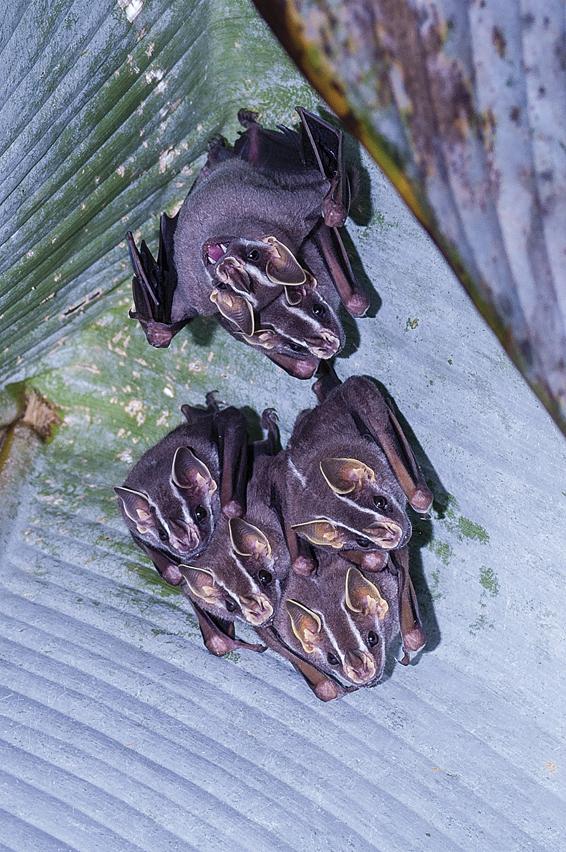Group living mammals live longer than solitarians
2023/02/08 Galarraga Aiestaran, Ana - Elhuyar Zientzia Iturria: Elhuyar aldizkaria

They compared animals of similar size and weight and observed whether there were differences in their life lengths and whether they lived in community or alone. And you've seen that there's a direct relationship between these two variables: those who live in the group have a longer life. For example, they compared the Blarina brevicauda, musspider and rapper, a large bat that lives alone and the second in group. Well, while the life expectancy of the mole is two years, that of the bat can reach 30 years.
Researchers have also studied the key to this difference in genes, immune system and hormones and concluded that the immune system and hormones are important in terms of socialization and life expectancy. However, molecular mechanisms have not yet been elucidated, but group coexistence seems to help overcome difficult environmental situations and reduce stress. Cons are also mentioned, such as competition and ease of spreading diseases. But in these species the advantages predominate.
Human beings recognize that the issue is more complex, as other factors such as medicine and the transmission of information must be taken into account.

Gai honi buruzko eduki gehiago
Elhuyarrek garatutako teknologia





